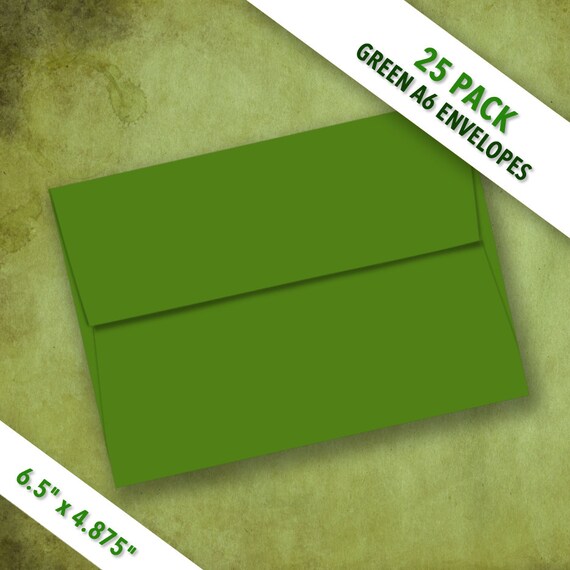

Some common uses of envelopes include the following: You can opt for the envelope which suits you best. Depending upon the usage, they are designed in multiple ways. Used for various purposes and utilized for transporting letter proposals, brochure printing pieces, postcard print items, keeping money, sending birthday or wedding invitation cards and much more, envelopes have graduated to having many types. Now that the paper envelopes have established their worth in ideal packaging for various things throughout the years, the need for envelopes cannot be ignored. After people got to know about them, they kept it to store money and later, they were used to distribute monetary gifts to government officials.

The first country to invent paper envelopes was China. They were molded and were only used for transactions. In fact, they were in a clay sphere form in the past. If we compare the envelopes we find today with those which were in circulation in the earlier days, we will be able to see a considerable difference between them. It is required to keep in light and compact stuff such as a card, letter, money or papers. Contact UsĬontact an expert at Tension today to discuss how our #10 envelopes can help deliver the results you want for your next campaign.An envelope is the oldest and most commonly used packaging item which is normally made up of a very thin material.
#A6 envelope size how to
More information on how to elevate the #10 envelope can be found on our website, custom #10 business envelopes. Having an eye-catching mailpiece remains key to making sure that your message is noticed by the recipient. You can capitalize on this opportunity, even on transactional mailpieces. The advantages to a #10 envelope are numerous: it is durable, versatile, customizable and has plenty of room for creativity.
#A6 envelope size windows
5” from the side and from the bottom to meet USPS ® requirements. These windows are typically included in #10 envelopes that allow a recipient’s address to show for bills and statements. The distance between the window and the envelope fold must be at least. The most common size for #10 envelope windows is 1” high to 5” long. Like with envelope size, you can customize window size. What is the Size of a #10 Envelope Window? Take a look through our design gallery here to see creative examples of #10 envelopes for inspiration. Customizing Your #10 Window EnvelopeĪ window, particularly one that is unique or well placed, can draw the recipient’s eye to an important part of your message. Adding a custom window is an opportunity to have your message seen clearly, and to add flair to an otherwise ordinary envelope. Be careful - to the USPS ®, a “ letter envelope” has a broad definition, and not just the size of a “standard” 4 1/8” by 9 1/2” mass-produced envelope. In addition to the number 10 envelope, learn more about other common envelope sizes here. The #10, followed by the #9, is the most frequently produced business envelope. This created inconsistencies across envelope sizes. Learn more about the naming conventions of envelopes here. In the 1870s, an envelope manufacturer named William Irwin Martin created a system to identify envelopes by size for a publication called the Stationers’ Handbook of 1876. Prior to Martin’s system, envelope sizes were determined by envelope manufacturers. It may seem ironic that the #10 envelope boasts no mention of 10 in its dimensions.
#A6 envelope size download
To learn more about how to capture the accurate measurements of a #10 envelope, click here to download our guide “How to Measure a #10 Envelope”. Number ten envelopes are typically open side, as the envelopes open on the side with the longer dimension. Often, these small variations allow for improved inserter speed. (4 1/8 inches high by 9 1/2 inches long.)Īt Tension, we customize envelope sizes based on our customers’ requirements - a number ten to one customer may be a few millimeters different than another customer’s #10. The most common size of a #10 envelope is 4.125 x 9.5. This envelope is often called a “letter envelope” by big-box stores because an 8½ x 11 piece of paper fits in it securely. Not only is it the most common transactional and billing outer envelope, the #10 is a direct mail workhorse. Open up your mailbox nearly any day and a number 10 envelope is likely one of the first envelopes you see.


 0 kommentar(er)
0 kommentar(er)
